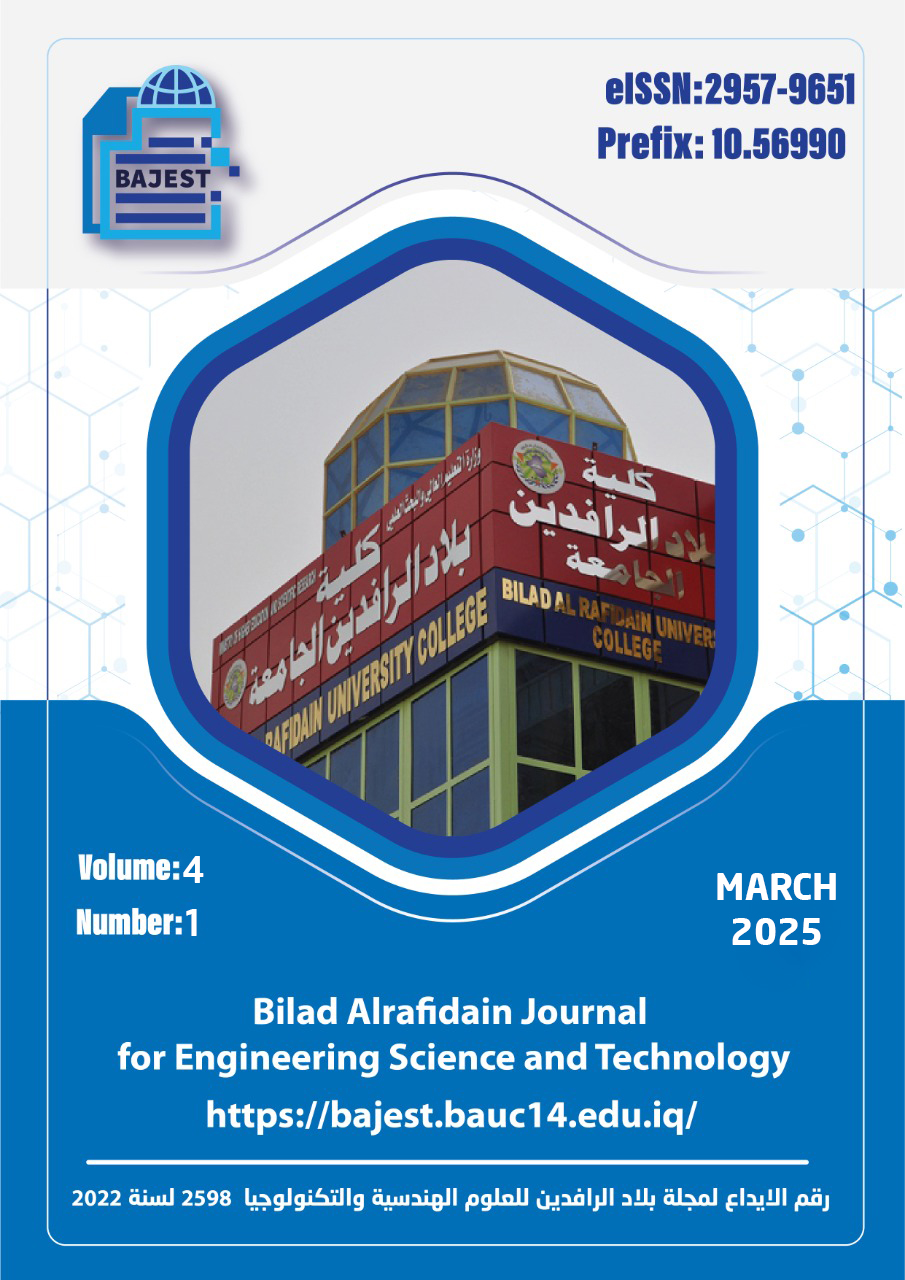Finite Element Analysis of Concrete Trapezoidal Box Girder under Thermal Loading
Main Article Content
Abstract
Although bridges are designed to last for a hundred years, they are usually used for much longer periods of time. Thermal effects occur on a daily, seasonal, or annual basis, depending on the environmental conditions. However, there are limited studies and test data on the thermal impact of concrete box girders, focusing on models developed through numerical analysis and field measurements. Temperature distributions on concrete bridges are nonlinear, causing stress distributions to self-equilibrate; to discuss the stresses, deflections, and moments caused by temperature variations, the three-dimensional finite element ANSYA program is used to analyze concrete box girder bridge specimens with trapezoidal cross sections. In this paper, three cases of concrete box girders are studied. A parametric analysis is carried out to investigate the effect of thermal loading on the behavior of concrete girders. Three instances of thermal load are studied: the thermal load applied at the upper, bottom, and upper bottom flange of the girder. The numerical results are compared with experimental results, and thermal loading is applied to three box girders in different regions. The numerical results showed that the minimum stress in the longitudinal direction (Z) is 1.28 MPa when the thermal load is applied to both the upper and bottom flanges of the box girder.
Downloads
Article Details
Section

This work is licensed under a Creative Commons Attribution 4.0 International License.





